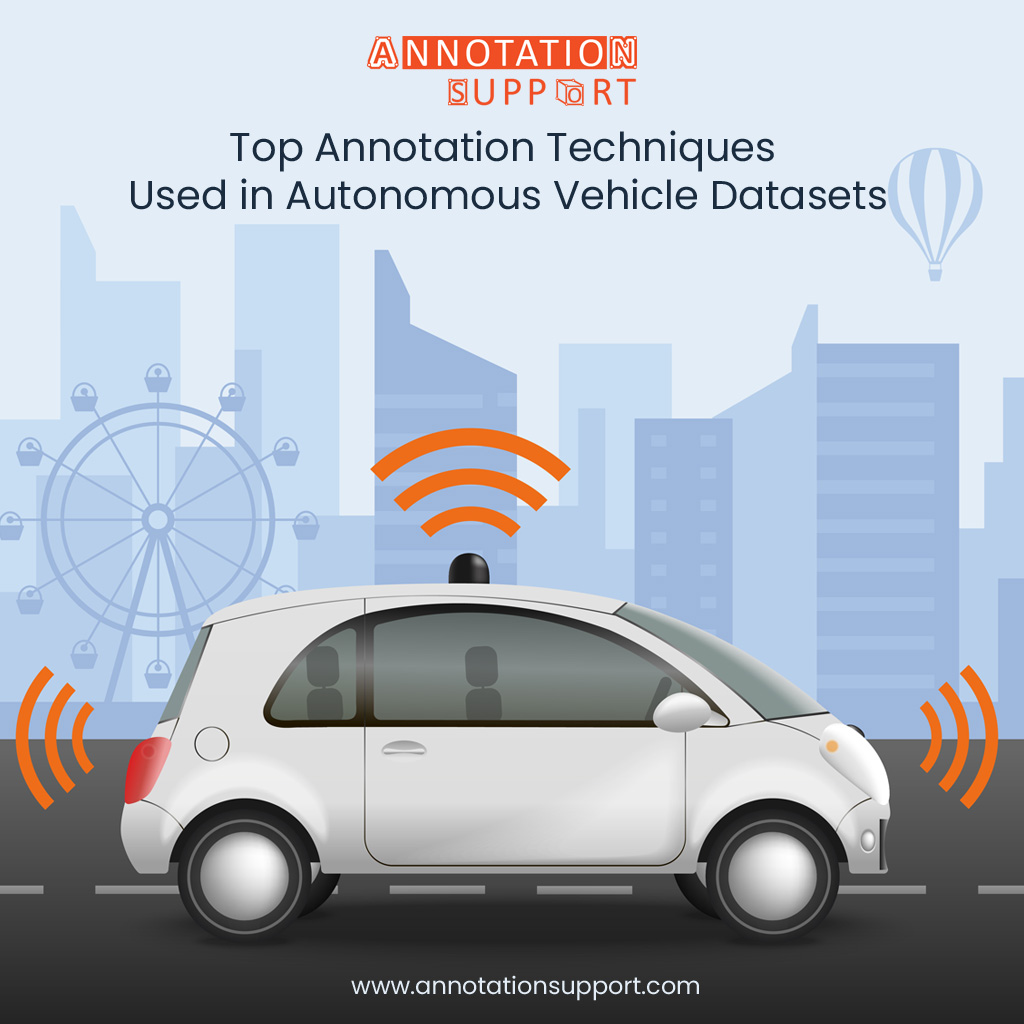How Annotation Support offers Video Annotation Services for Retailers In-Store Analytics?
With the current retailing landscape, which is rich with data, the study of customer behaviour within a store is just as beneficial as knowing the movement in the web environment. Retailers are becoming more and more inclined on using AI-based video analytics to understand consumer way of movement in the store, their interaction, and purchasing behaviour. High-quality video annotation is a background of another important foundation behind any smart retail analytics system. Here very important part is played by Annotation Support, which turns raw surveillance data into datasets, ready to be analysed by AI, which helps retailers to improve inventory management and advance the shopping experience. What Is Video Annotation in Retail Analytics? Video annotation refers to tagging items and actions in in-store video content like people, cart, shelf and movement patterns to use to teach AI models to perform vision on store activity. To retailers it will translate to a gold mine of behavioural and operational data of the answers of CCTV or camera feeds that usually sit on the shelves. How Annotation Support Helps Retailers Unlock Actionable Insights? At Annotation Support, we are developing high quality video labels used in computer vision systems of the retail business. Our professionals of the annotation service and workflows controlled by QA will guarantee that the frames are properly marked, and AI-based frameworks will recognize, follow, and analyse the shopping activity precisely. Here’s how we make it happen 1. Customer Movement Tracking By means of the detection and tracking of objects, we label the routes of shoppers in the aisles to determine which areas are high parameters, their waiting time, and the general physical patterns of movement up and down. Insight: Retailers have the chance of using display racks and shelves to position products to increase prestige. 2. Wait-Time Analysis and Queue Management. We will mark the customer positions at the checkout shelves and the service bays to allow AI systems to generate the average wait and queue length on their own. Insight: Better planning on the staffing and to minimize the wait time to customers during times of fortune. 3. Work Interaction Monitoring. Through activity annotation, we label moments when customers interact with products — picking them up, putting them back, or adding them to carts. Insight: Learn what products people show interest in and to what extent the number of those interested in it translate into buyers. 4. Shelf Stock Monitoring Drawing descriptions of shelves, racks, and areas with products, our video annotation services enhance AI models that identify the state of out of stock items or missing products in real time. Insight: Availability of shelves and simplify the stocking up of inventory. 5. Demographic and Foot fall Analysis. Training AI models that analyse demographic trends are aided by us by annotating attributes like age group, gender, and group size (without the storage of any personal information). Insight: Personalize in-store marketing and increase campaign targeting. Why Choose Annotation Support for Annotation Services? Real Business Impact By partnering with Annotation Support, retailers can: Conclusion Video annotation is re-establishing the concept of the in-store activity to retailers. Video annotation is having a tremendous effect on business with the support services of annotation support on video annotation activities where originally recorded video footage turns into a potent tool of analysis, enabling a retailer to make more intelligent, quicker, and customer-oriented business decisions.





